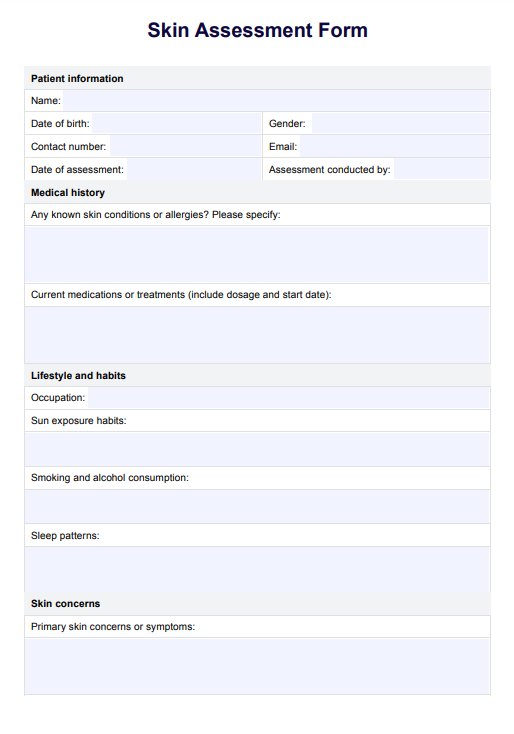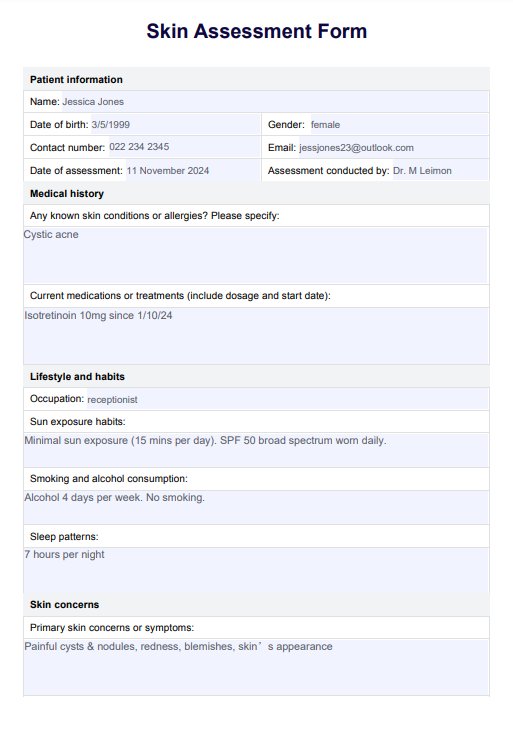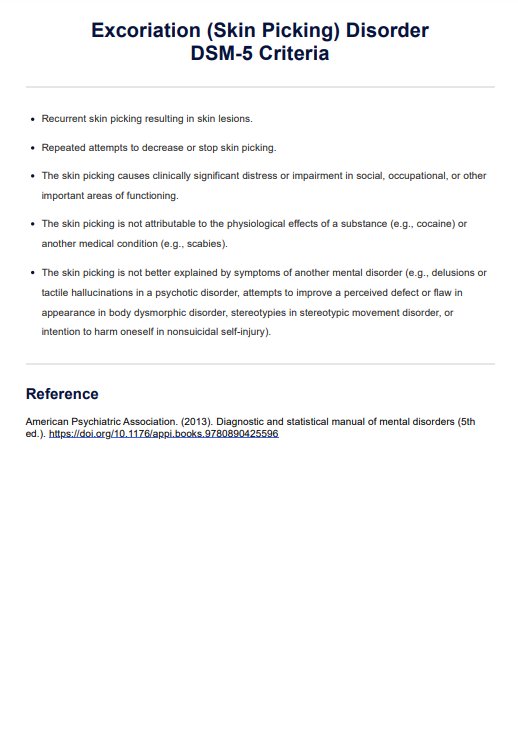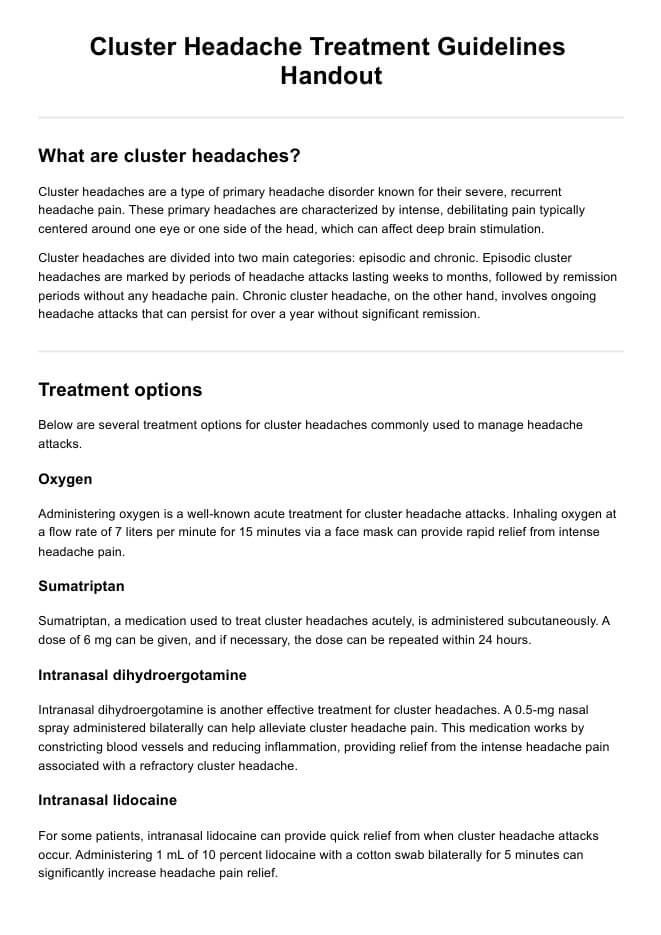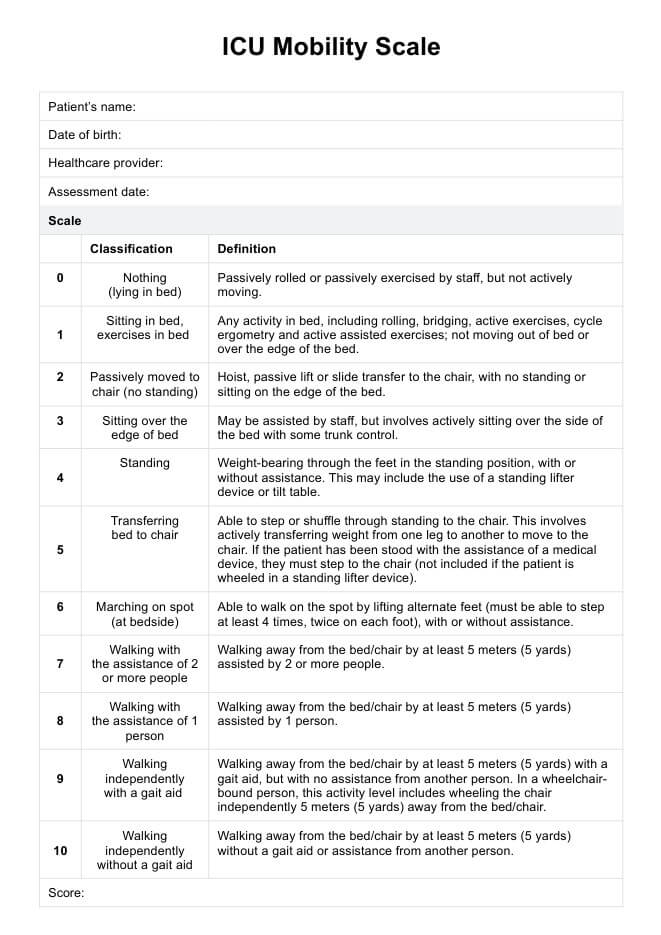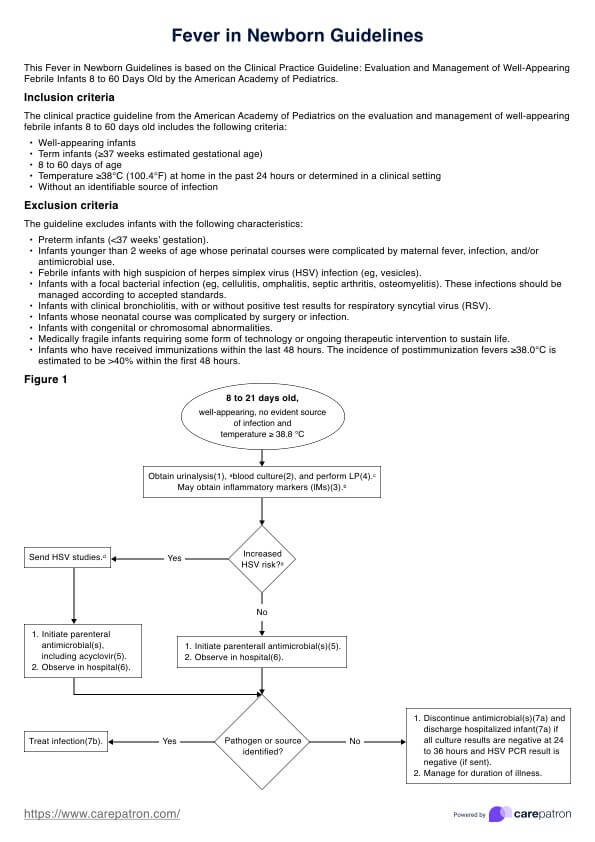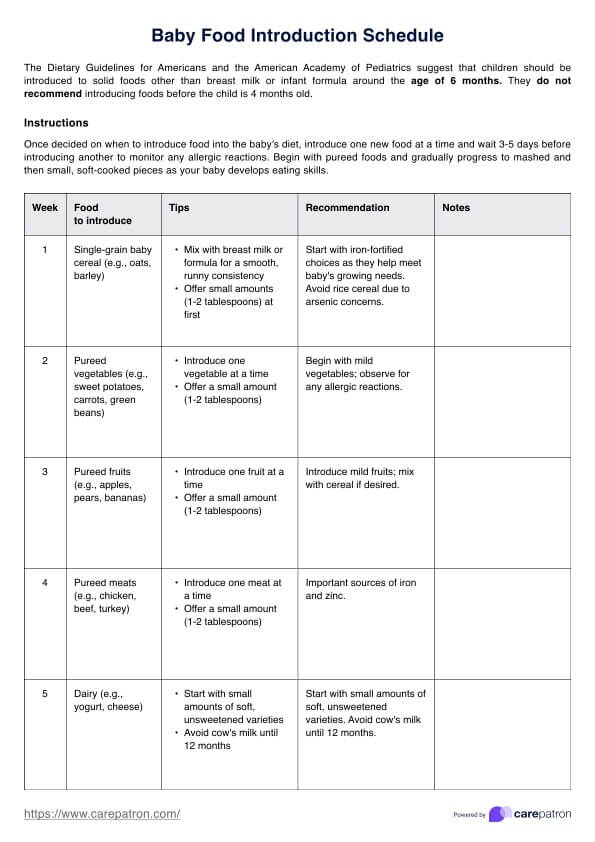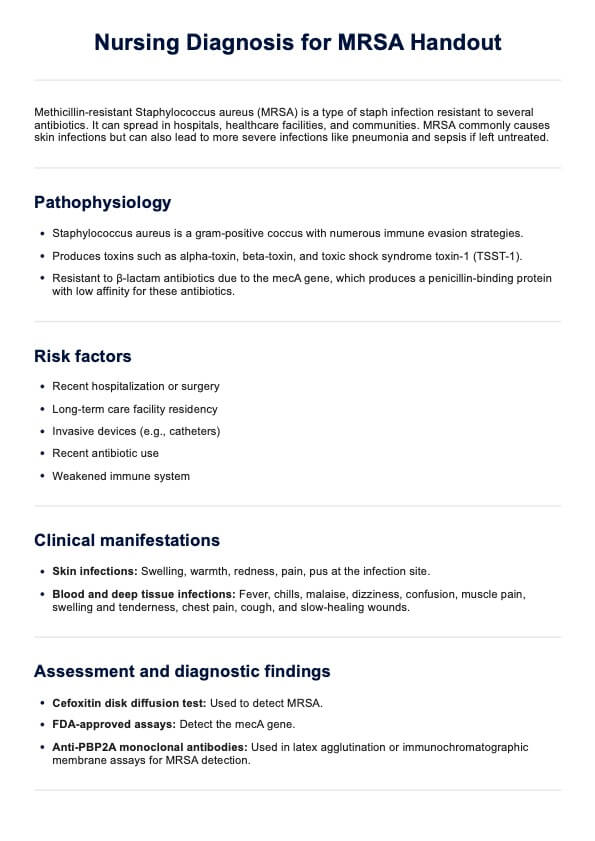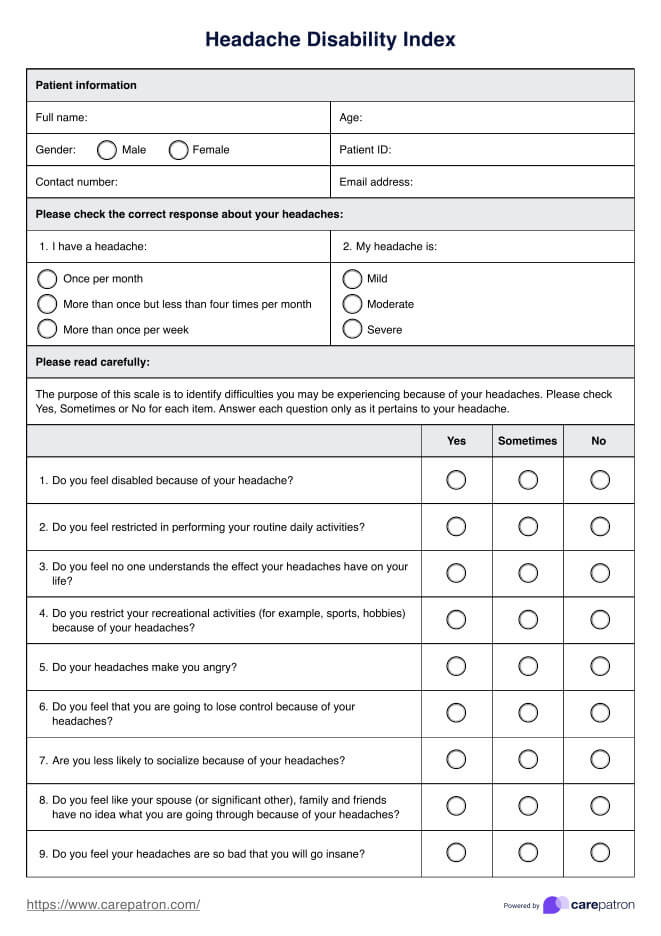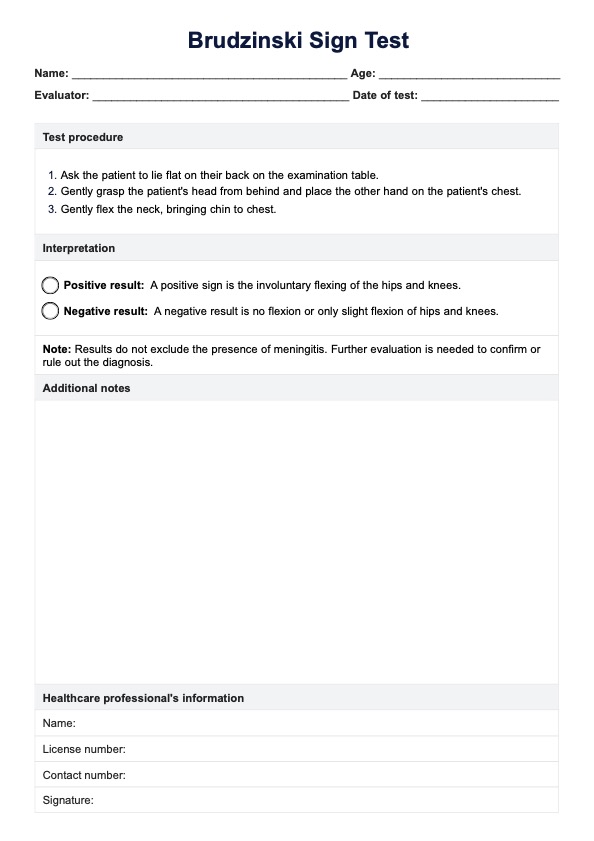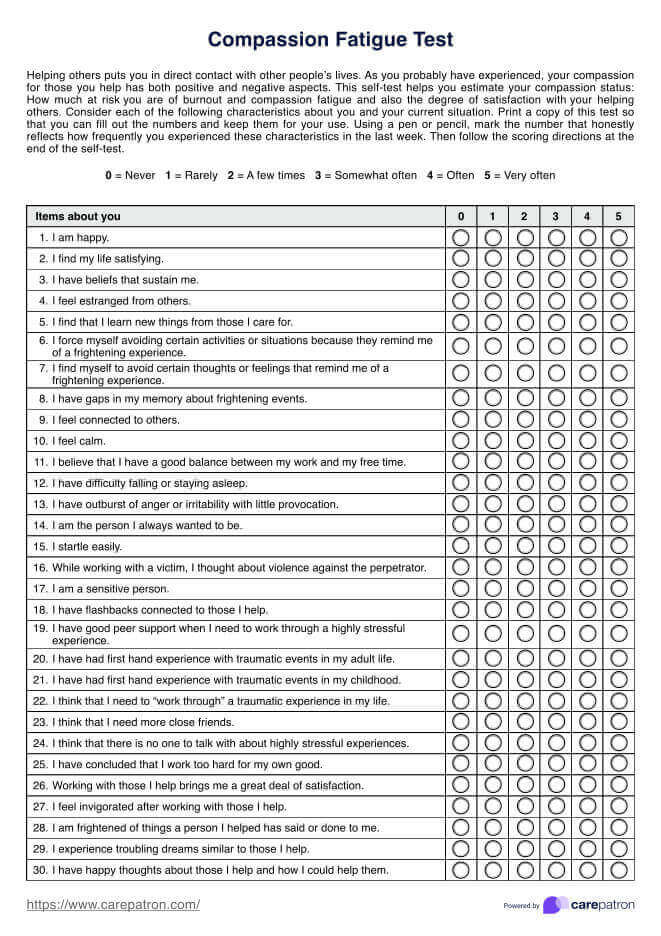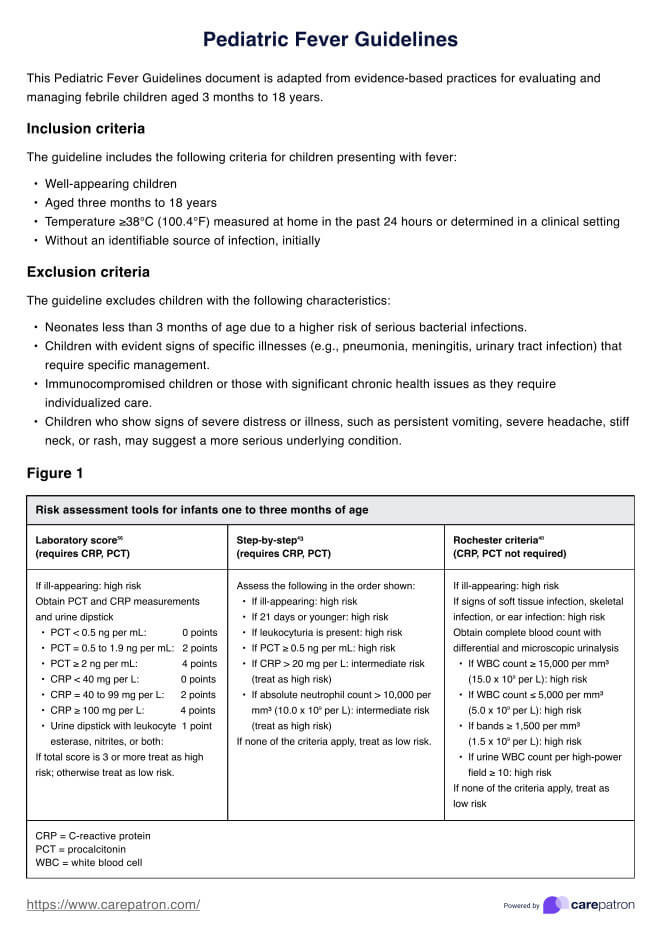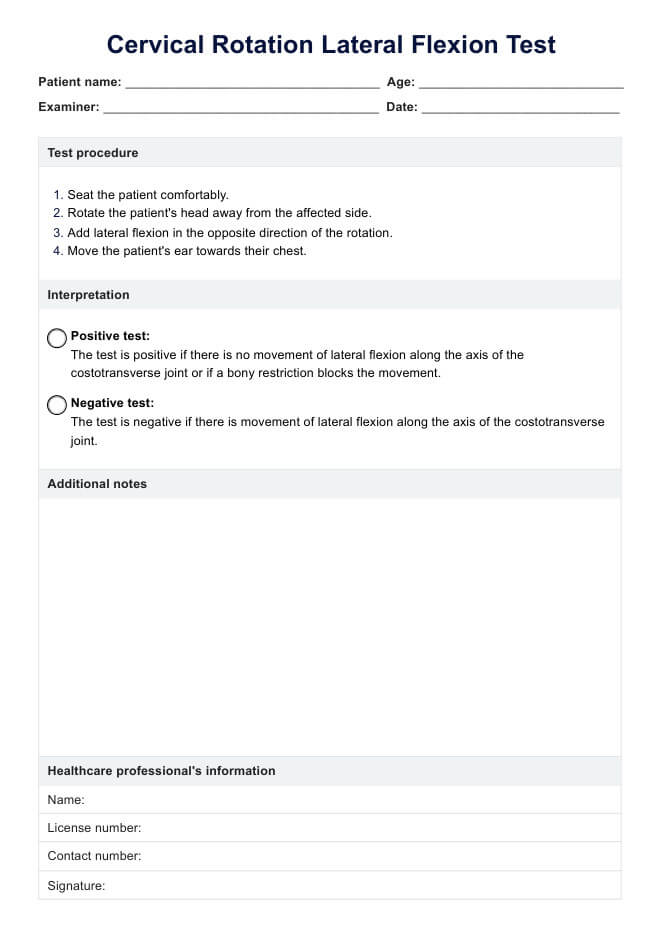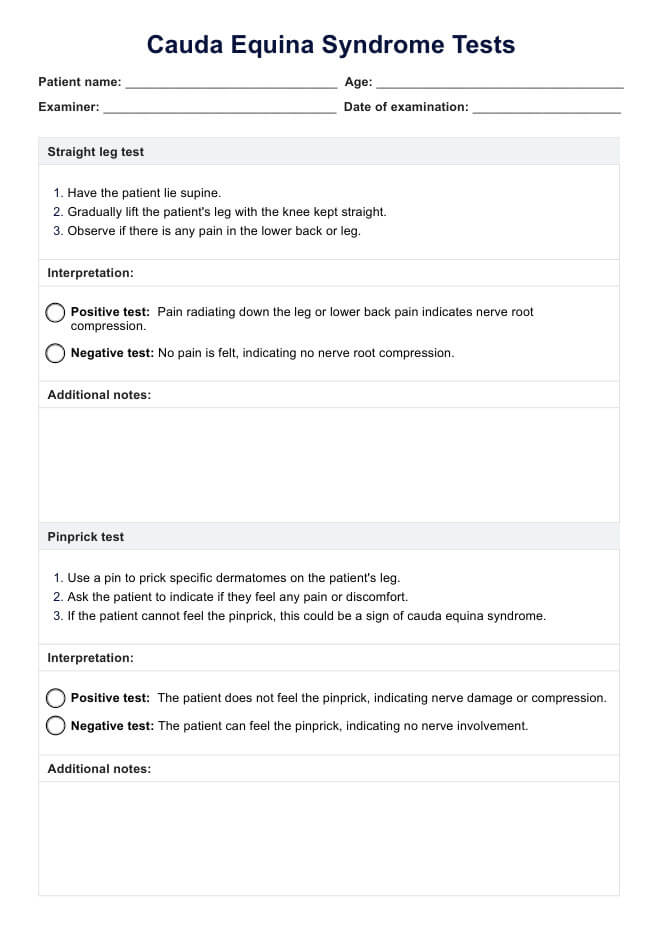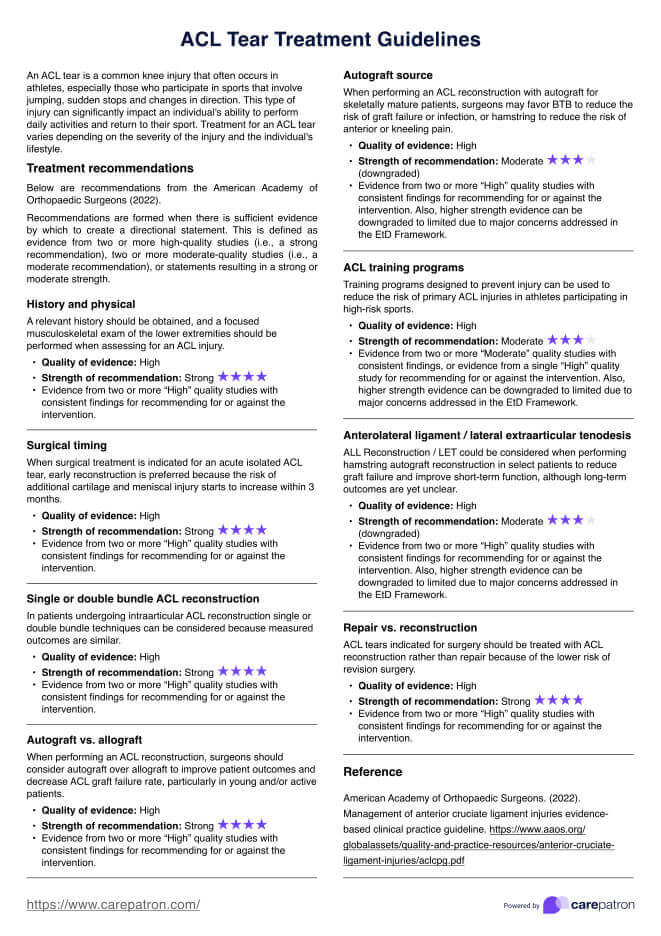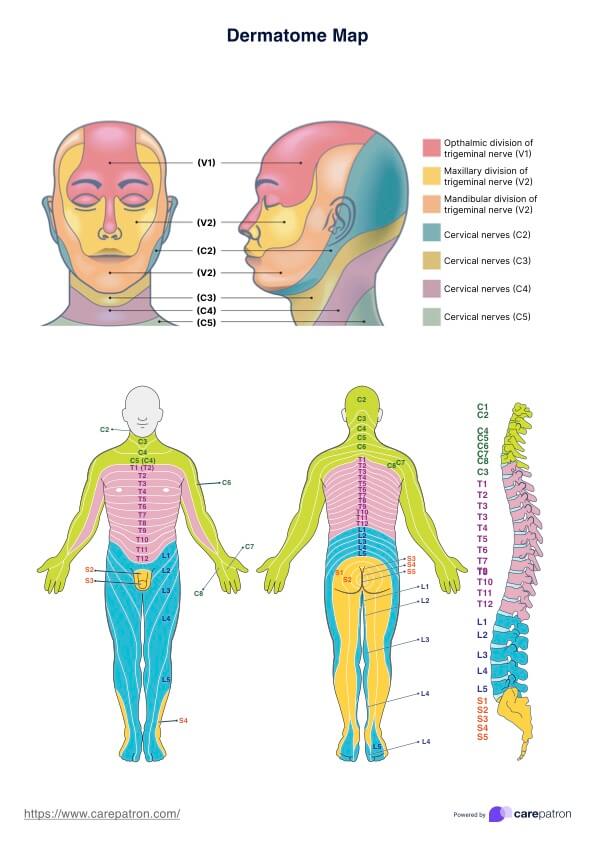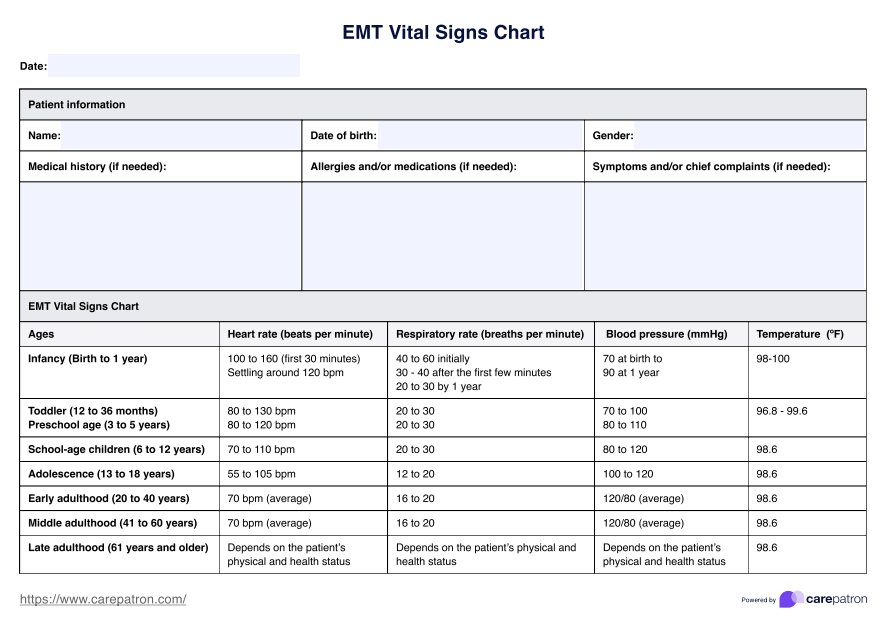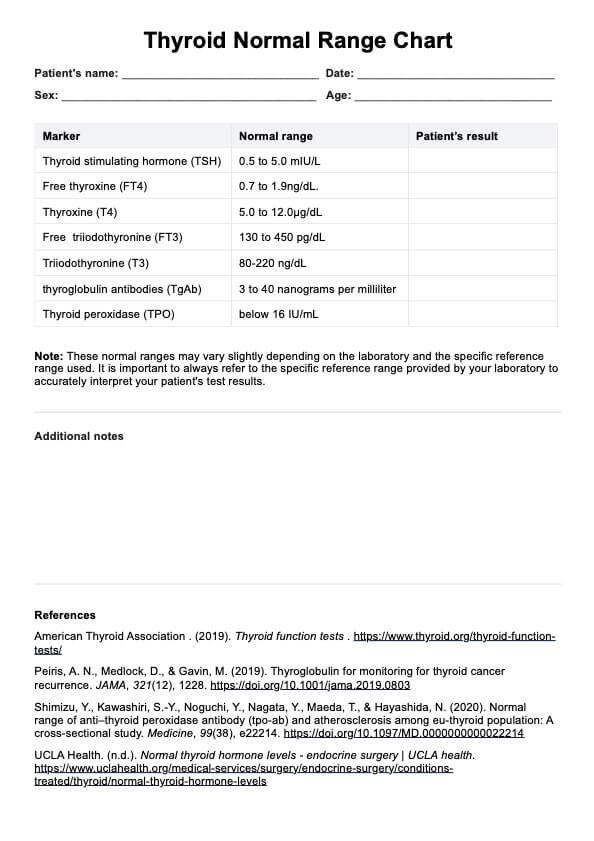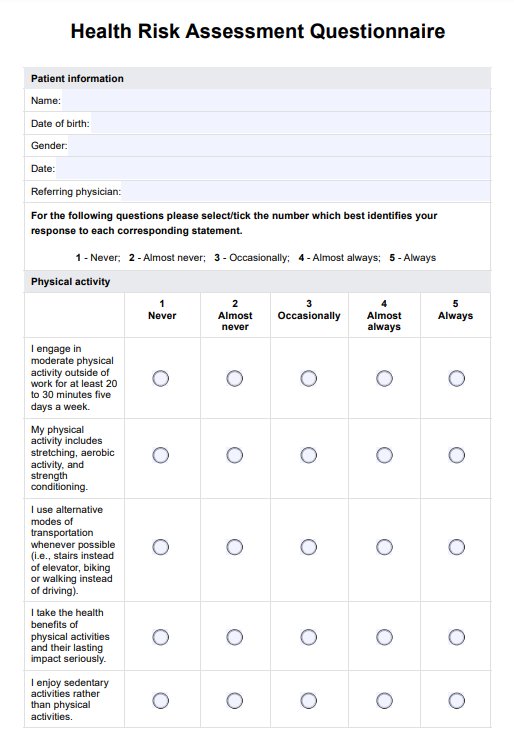Skin Assessment Forms Guide
Access an easy PDF template for comprehensive skin health evaluations. Get a free Skin Assessment Form here.


What is a Skin Assessment Form?
Skin health is vital in sustaining overall physical and psychosocial well-being. The largest organ in the body, the skin plays a pivotal role in many bodily processes, such as sensation, protection, and thermoregulation. In this context, skin assessment is often a crucial part of diagnostic processes. Identifying dermatological issues aids a healthcare professional in tailoring care plans to a patient's needs and monitoring their ongoing skin health.
A Skin Assessment Form is a simple tool for conducting and documenting thorough evaluations of skin health. Using this skin assessment template facilitates accurate diagnoses, effective treatment planning, and long-term tracking of skin-related issues. This free template for skin evaluations is used to collect data about various aspects of a patient's skin condition, such as skin texture, skin tone, and the skin's appearance, as well as any existing skin abnormalities.
This template provides a standardized and organized method for healthcare professionals to evaluate, document, and manage a patient's skin health. This tool is useful for professionals in various medical settings, including hospitals, clinics, nursing care facilities, and home healthcare environments.
Skin Assessment Forms Guide Template
Skin Assessment Forms Guide Example
How does the Skin Assessment Form work?
The Skin Assessment Form template follows a standardized approach to evaluating skin health. Here is a guide for healthcare practitioners completing the form:
Step 1: Prepare
Prepare the necessary materials for a skin assessment, including the Skin Assessment Form, any documentation materials, gloves, and other relevant equipment. You can download the form by clicking "Use template" on this page for a version you can edit via the Carepatron app or choosing "Download" for a PDF copy.
Step 3: Brief the patient
Inform the patient of the assessment procedure. If applicable, ensure you obtain a signed consent form from the patient after the briefing.
Step 4: Input patient information
Record the patient's primary skin concerns, such as dryness, swelling, itching, rash, wounds, or other skin-related concerns. Also, fill in the fields for the patient's personal details, medical history, lifestyle habits, and other relevant information.
Step 6: General observations
Conduct the assessment in a private room. Ensure you note key parameters such as skin temperature, firmness, color, moisture level, and integrity (e.g., skin intact, rashes, open areas, etc.).
Step 7: Discuss
Discuss the results of your analysis with the patient, including any potential issues. Make personalized recommendations, such as steps for managing current symptoms, protective measures, or further evaluations.
When should you use this template?
Skin Assessment Forms are simple tools for thorough patient skin health evaluations. They are useful across a wide range of medical settings, including:
Healthcare settings
Healthcare professionals, including nurses, dermatologists, physicians, pediatricians, and telehealth providers, can utilize Skin Assessment Forms for various purposes. These forms aid in diagnosing different skin conditions, guide the development of tailored treatment plans, and help monitor symptoms or treatment progress over time. Additionally, they are valuable in preoperative evaluations, as they assist in identifying skin-related risks before surgeries.
Pediatric and geriatric care
Skin Assessment Forms assist pediatricians and geriatricians in monitoring and managing skin issues in children and older adults—groups with distinct skin health concerns. Children's skin concerns usually include diaper rash, eczema, and allergies, while older adults are prone to age-related skin concerns.
Telehealth consultations
Skin Assessment Forms are adopted by different online health platforms to aid in virtual consultations and appointments for skin-related issues.
Benefits of Skin Assessment Forms
Using Skin Assessment Forms helps enhance patient care, contributing to precise evaluation, documentation, and management of patients' skin health. Here are some key benefits of Skin Assessment Forms:
Accessibility
Our Skin Assessment Form is a free and accessible resource. Its simple and easy-to-use design streamlines the process of conducting skin evaluations and ensures thorough documentation.
Early detection
By documenting and tracking skin health changes over time, Skin Assessment Forms facilitate early detection of risks, such as pressure ulcers, infections, wounds, and other dermatological conditions. Early detection is crucial in treatment planning to prevent worsening skin conditions.
Comprehensive evaluation
Skin Assessment Forms allow comprehensive evaluation of skin characteristics and other relevant details. This ensures accurate diagnosis and treatment planning.
Standardized approach
Skin Assessment Forms follow a standardized approach, allowing for objective and systematic evaluation of a patient's skin health. This ensures consistent documentation.
Patient-centered care
Skin Assessment Forms prioritize the welfare of the patients in identifying potential skin-related issues. This fosters shared decision-making among the patient and the healthcare provider and empowers the patient to participate in important care processes and decisions.
Commonly asked questions
A skin assessment form is a crucial document used in healthcare to evaluate a patient's skin health. It captures key information, including medical history, current skin concerns, and symptoms. By identifying issues like skin breakdown, open lesions, and reddened areas, a skin assessment form ensures prompt and effective treatment.
The ideal frequency of skin assessments varies depending on the skin concerns. For example, managing pressure ulcers might require weekly assessments, whereas acne assessments might only be needed every few months. There are five key areas of focus: the general physical condition of the skin, any open ulcers or lesions, skin turgor, signs of skin changes, and wound assessment. This routine helps in the early detection and management of potential skin issues.
Additional information collected using a Skin Assessment Form includes the patient's contact details, location mapping of skin concerns, and a focused integumentary assessment. It also documents current medications and skincare products to understand potential impacts on skin health.
The form guides healthcare providers in creating a targeted treatment plan by providing a comprehensive and careful inspection of the patient's skin. It highlights essential areas of concern and tracks the progression of skin conditions, ensuring the patient receives the best possible care.


